If you’ve been growing celosia plants in your garden, and have recently noticed that they are starting to turn yellow, you may be wondering what is wrong. Don’t worry – it’s not necessarily a sign that your plants are dying.
In this blog post, we will explore some possible causes of yellowing celosia plants, and offer tips on how to correct the problem.
Why Is My Celosia Turning Yellow?
The main reasons for yellow leaves on a celosia plant are overwatering, fungal infections, nutrient deficiencies, not enough sunlight, and environmental stressors.
I will now go into more detail about each of these potential causes, starting with the most common one – overwatering. It’s worth noting that the yellowing will like slightly different depending on the exact cause.
1. Overwatering
One of the most common reasons for celosia plants to turn yellow is overwatering. When plants are overwatered, they can start to suffocate and their leaves will begin to turn yellow.
The best way to avoid this problem is to make sure that you only water your plants when the soil is dry. If you’re not sure whether the soil is dry, you can stick your finger in it – if it feels damp, then you don’t need to water.
Another way to tell if your plants are overwatered is to look at the leaves. If they’re wilting or drooping, that’s a good indication that they’re not getting enough oxygen and are suffocating.
If you think your plants are overwatered, the best course of action is to stop watering them for a few days and see if the problem corrects itself. If not, you may need to repot them in dryer soil.
Failure to take action against overwatering can lead to root rot, which is a serious problem that often leads to death. The roots will go black, mushy, and smelly, so it’s important to catch the signs early before root rot sets in.
2. Fungal Infections
Fungal infections are another common cause of yellow leaves on celosia plants. These infections can be caused by a variety of fungi, including powdery mildew and black spot.
Fungal infections will usually start off as small spots on the leaves, which will then spread and turn the whole leaf yellow. The leaves may also develop a powdery or fuzzy appearance.
If you think your plant has a fungal infection, it’s important to take action quickly. The best way to treat a fungal infection is with an anti-fungal spray or powder.
My favorite anti-fungal treatment is neem oil (Amazon link), which is a natural and effective way to get rid of fungi on celosia plants.
You can also try to prevent fungal infections from happening in the first place by ensuring that your plants have good air circulation. This can be achieved by spacing them out properly when you plant them, and by not overcrowding them.
Fungal infections are more common in humid conditions, so if you live in an area with high humidity, it’s worth taking extra care to prevent these infections from occurring.
3. Nutrient Deficiencies
Nutrient deficiencies are another possible cause of yellow leaves on celosia plants. The most common nutrient deficiency that affects these plants is iron deficiency.
Iron is essential for the creation of chlorophyll, which gives plants their green color. When there’s not enough iron in the soil, the leaves will start to turn yellow.
Other nutrient deficiencies that can cause yellowing leaves include magnesium, nitrogen, and potassium deficiencies. These are less common than iron deficiency, but can still occur if the soil isn’t well-balanced.
The best way to correct a nutrient deficiency is to use a fertilizer that contains the missing nutrient. For example, if your plant is deficient in iron, you can use an iron-rich fertilizer.
It’s important to make sure that you’re using the right fertilizer for your plant. Celosia plants are not heavy feeders, so you don’t need to use a lot of fertilizer. A little goes a long way with these plants.
If you over-fertilize, you could end up burning the roots of your plant, which will cause even more yellowing leaves. So, be sure to follow the instructions on the fertilizer package and only apply as much as is recommended.
You should also have your soil tested to see what nutrients it is lacking. This will give you a better idea of what kind of fertilizer to use and how often you need to apply it.
4. Lack of Sunlight
Celosia plants need plenty of sunlight to thrive. If they’re not getting enough sunlight, the leaves will start to turn yellow.
These plants prefer full sun, but will tolerate partial shade. If your plant is in a shaded area, it’s likely that the leaves are turning yellow because it’s not getting enough light.
The best way to fix this problem is to move your plant to a location that gets more sunlight. If possible, try to place it in an area where it will get at least six hours of direct sunlight per day.
You may also need to increase the amount of artificial light that your plant is getting if it’s not possible to move it to a sunnier location. This can be done by using grow lights.
Grow lights come in a variety of shapes and sizes, so you’ll need to choose the right one for your plant. I like to use LED grow lights because they’re energy-efficient and don’t produce a lot of heat.
5. Environmental Stressors
There are a number of environmental stressors that can cause yellowing leaves on celosia plants. These include:
- Too much or too little water
- Extreme temperatures (either hot or cold)
- Poor air circulation
- Pests or diseases
If you suspect that one of these stressors is causing your plant’s leaves to turn yellow, the best thing to do is try to correct the problem.
For example, if your plant is getting too much or too little water, adjust your watering schedule accordingly. If the temperature is too hot or cold, move your plant to a location where the temperature is more moderate.
And if there’s poor air circulation around your plant, try to improve it by moving it to a location with better airflow.
You should also keep an eye out for pests and diseases. These can cause a lot of stress for your plant, which can lead to yellowing leaves. If you see any pests or diseases on your plant, be sure to remove them as soon as possible.
Should I Cut Yellow Leaves off My Celosia?
There is usually no need to cut yellow leaves off your celosia plant. In most cases, the plant will eventually outgrow the problem and the yellow leaves will fall off on their own.
If you want to speed up the process, you can gently pull the yellow leaves off by hand. This won’t harm the plant and will help it to focus its energy on new growth.
You should only remove a small number of leaves at a time, as too many removed at once can stress the plant.
Will Yellow Celosia Leaves Turn Green Again?
It is unlikely that yellow celosia leaves will turn green again. However, if the cause of the yellowing is corrected, new growth will be healthy and green.
This is good news for gardeners who want to keep their plants looking their best. By correcting the problem that is causing the yellowing, you can ensure that your plant will continue to produce healthy, green growth.
Conclusion
In conclusion, there are a number of reasons why celosia leaves may turn yellow. Only you know your plant and its growing conditions, so it’s up to you to determine the cause of the problem.
Once you know what is causing the yellowing, you can take steps to correct the issue and keep your plant healthy and happy. Thanks for reading!
Tim is an avid gardener from the UK. He was the founder of PlantCarer.com from 2021 to Sep 2023. He sold PlantCarer.com to Aaron. He has since started his own business called Seed To Supper, which provides new gardeners all the materials you need in a box (pots, seeds, compost and instructions) to grow your own delicious and nutritious vegetables and herbs from start to finish – no garden required.



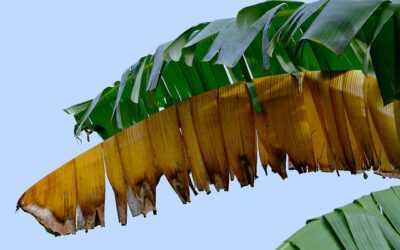

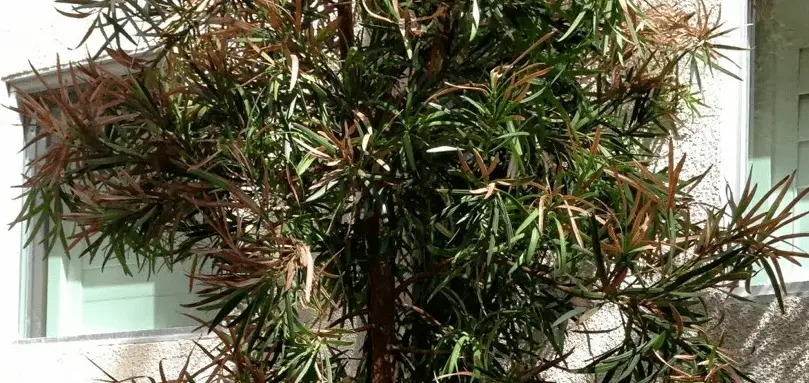
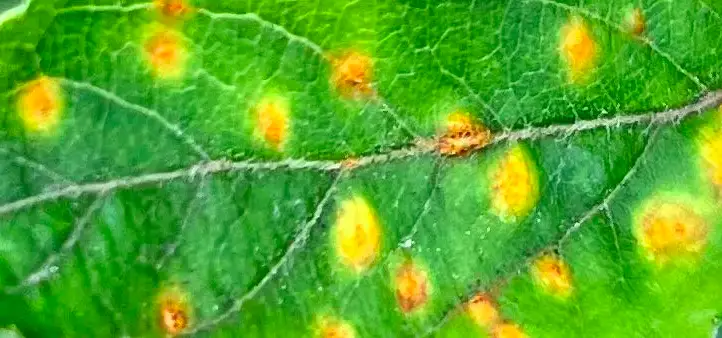
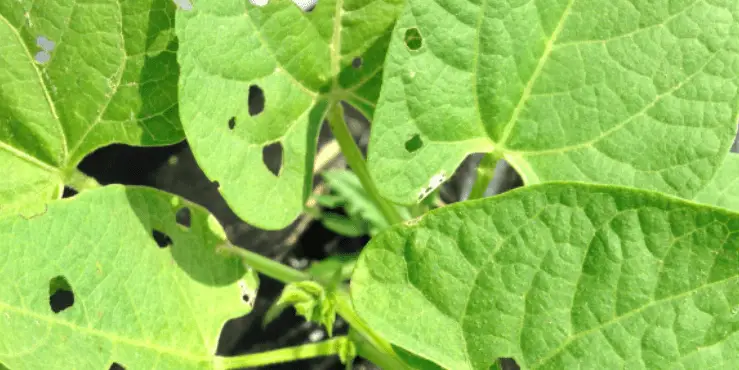
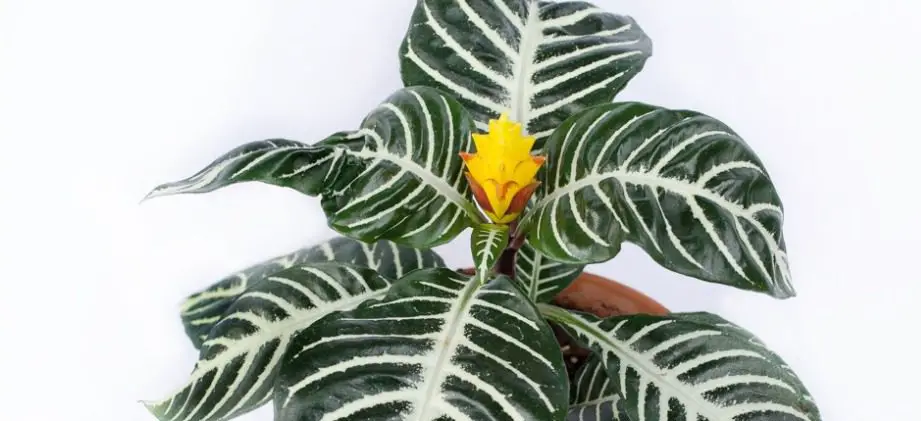

0 Comments